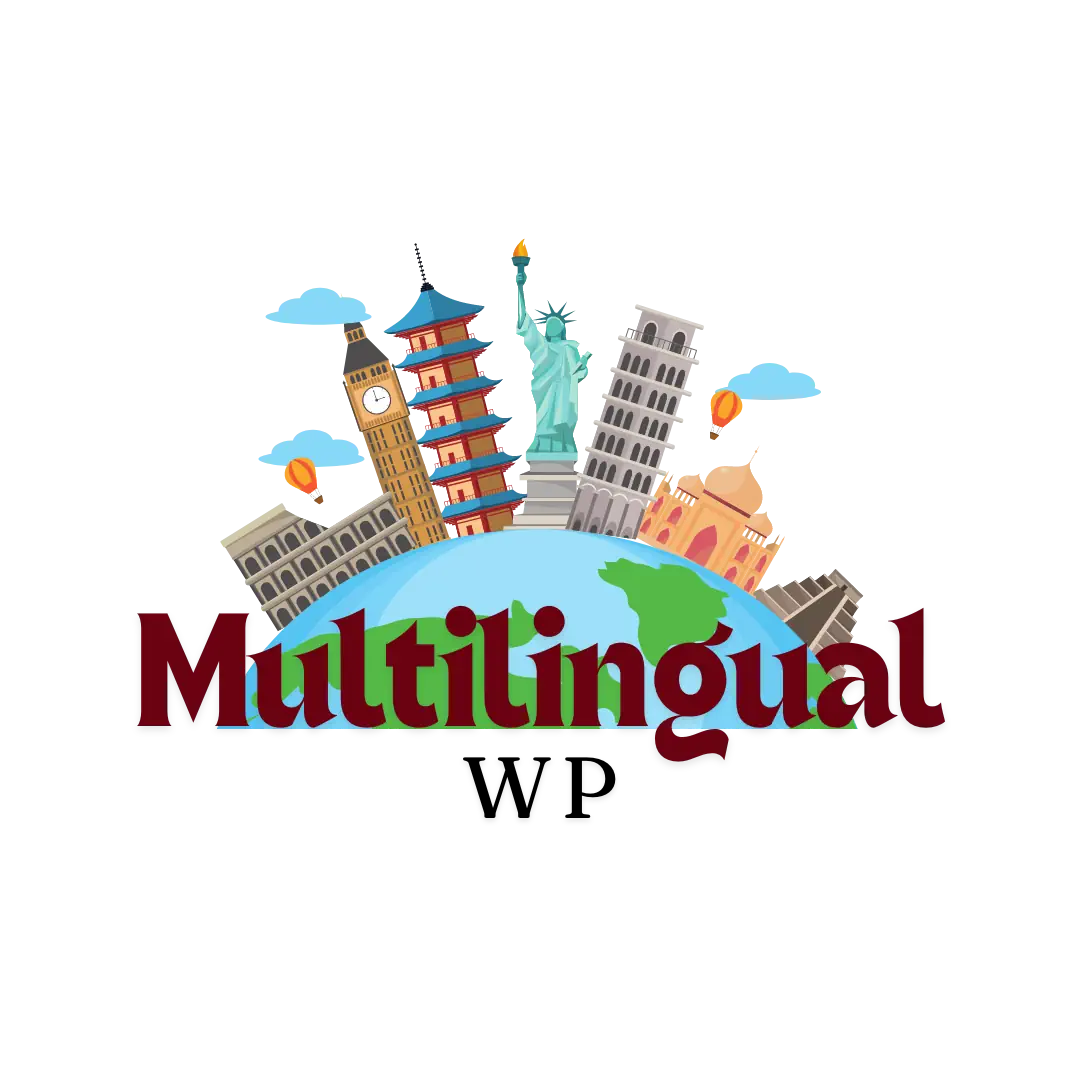Multilingual SEO is the process of optimizing your website to rank well in search engines for content in multiple languages. With search engines like Google prioritizing user experience and relevant content, multilingual SEO is essential for businesses aiming to expand globally and reach audiences in different regions.
This guide outlines multilingual SEO best practices, strategies, and tools to improve your website’s performance across various language versions, ensuring your site ranks high in search results and delivers a seamless user experience.
Benefits of Multilingual SEO
1. Reach a Global Audience
By offering content in multiple languages, you can attract users from different countries, making your website accessible to a wider audience.
2. Improve User Experience
Presenting content in a user’s native language improves their experience, increases engagement, and builds trust.
3. Boost SEO Performance
Multilingual SEO involves creating language-specific content optimized with relevant keywords, which helps search engines like Google understand your site better and rank it higher in local search results.
Key Multilingual SEO Strategies
Use Unique URLs for Each Language
One of the best practices for multilingual SEO is creating unique URLs for each language version of your site.
- Use subdirectories (e.g.,
example.com/en/) or subdomains (e.g.,en.example.com). - Implement hreflang tags to signal to search engines which language version of your site should be displayed to users in different regions.
Translate Your Website Content Accurately
Avoid relying solely on tools like Google Translate. While they are useful for initial translation, they may fail to capture cultural nuances. Invest in professional translation services to ensure your content resonates with local audiences.
Automate translations with Weglot: Try Weglot
Optimize Meta Tags and Titles for Each Language
Ensure your meta descriptions, titles, and keywords are translated and optimized for the target language. Use local keyword research tools to identify high-volume search terms in different regions.
Localize Content Beyond Language
Localization goes beyond translation. Adapt images, videos, and other multimedia elements to suit the cultural preferences of your target audience.
Best Practices for Multilingual SEO
Perform SEO Keyword Research for Each Language
Keyword search volume varies across languages and regions. Use SEO tools like Ahrefs or Semrush to find high-performing keywords in your target language.
Ensure Fast Loading Times
Page speed impacts SEO performance. Optimize your multilingual website to load quickly, even for users in regions with slower internet connections.
Build Local Backlinks
Backlinks from local websites boost your domain authority in that region. Focus on earning high-quality backlinks from websites in the same language as your translated content.
How to Implement Multilingual SEO
Step 1: Choose the Right CMS and Plugin
For a multi-language website, WordPress is an excellent CMS due to its compatibility with multilingual plugins like:
- WPML – Manage different language versions easily.
Get WPML: Try WPML - Weglot – Automate translations and ensure SEO-friendly URLs.
Automate with Weglot: Try Weglot
Step 2: Configure Hreflang Tags
Hreflang tags tell search engines the language and region your content targets. Add them to your HTML or use an SEO plugin to simplify the process.
Step 3: Optimize Navigation with a Language Switcher
Make it easy for users to select their preferred language. Add a language switcher in a prominent location on your website, like the header or footer.
Multilingual SEO FAQs
What is Multilingual SEO?
Multilingual SEO is the process of optimizing a website to rank well in search engine results for content in different languages and regions.
How Does Multilingual SEO Help?
It helps search engines understand the language and region your website targets, improving search rankings and user experience.
Can I Use Google Translate for My Website?
While Google Translate is helpful for quick translations, it’s not ideal for SEO as it may produce inaccurate or culturally inappropriate content. Professional translation or tools like Weglot are better alternatives.
Examples of Multilingual Website SEO Strategies
Effective Use of Hreflang Tags
An e-commerce site offering English, Spanish, and French versions ensures users see content in their native language.
Localizing Product Descriptions
A travel website adapts descriptions and images to suit cultural preferences in Asia, Europe, and North America.
Conclusion
Optimizing your multilingual website for search engines is key to reaching a global audience, improving user experience, and driving traffic from different regions. By following best practices like using unique URLs, translating content accurately, and localizing beyond language, you can achieve multilingual SEO success.
Start building your multilingual SEO strategy today:
Get WPML: Try WPML
Automate Translations with Weglot: Try Weglot
